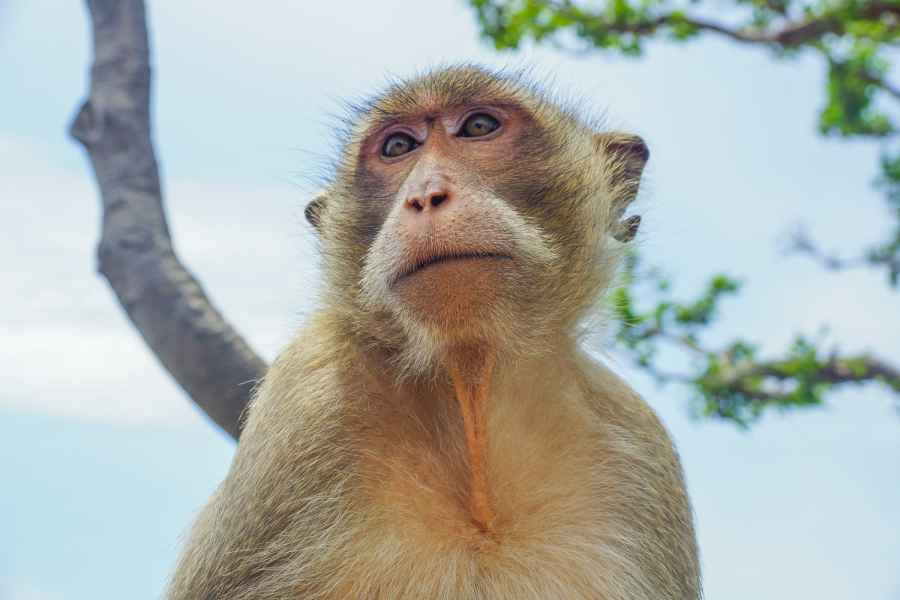One of the 43 monkeys that escaped from a research facility in the US state of South Carolina has been found unharmed, authorities said on Saturday.
The rhesus monkeys escaped on Wednesday after an employee at the Alpha Genesis facility in the small town of Yemassee, where the primates are bred for medical testing and research, failed to fully lock a door while feeding and checking on them, officials said.
Many of the escaped monkeys have remained in the vicinity of the property, jumping over the fence and cooing at those inside, according to the Yemassee police department.
The primates' continued interaction with humans was a positive sign, the police added.
Monkeys pose no public health risk
Greg Westergaard, CEO of Alpha Genesis, said his team would keep working to recover all the animals and will continue until the job is done.
The escaped rhesus monkeys are all female and weigh about 7 pounds (3 kilograms). Alpha Genesis, federal health officials and police all said the monkeys pose no threat to public health.
However, police urged the public to stay away from the area surrounding the facility "to prevent startling the primates."
"If you spot any of the remaining primates, please report your sighting by calling 911 and avoid approaching or interacting with them," the statement read.
Why are rhesus monkeys bred?
Alpha Genesis breeds the monkeys to sell to medical and other researchers around the world. The species shares about 93% of its DNA with humans, even though macaques diverged from the ape family about 25 million years ago.
Rhesus macaques are among the most studied animals on the planet. The first study of the species was published in 1893. By 1925, the Carnegie Science Institute had established a breeding population of the monkeys to study embryology and fertility in a species similar to humans.
Animal rights groups point out that the species has been used to study vaccines, organ transplants, and the effects of separating infants from their mothers.
One reason for the animal's popularity was its abundance. These monkeys have the largest natural range of any non-human primate, stretching from Afghanistan and India to Vietnam and China.










